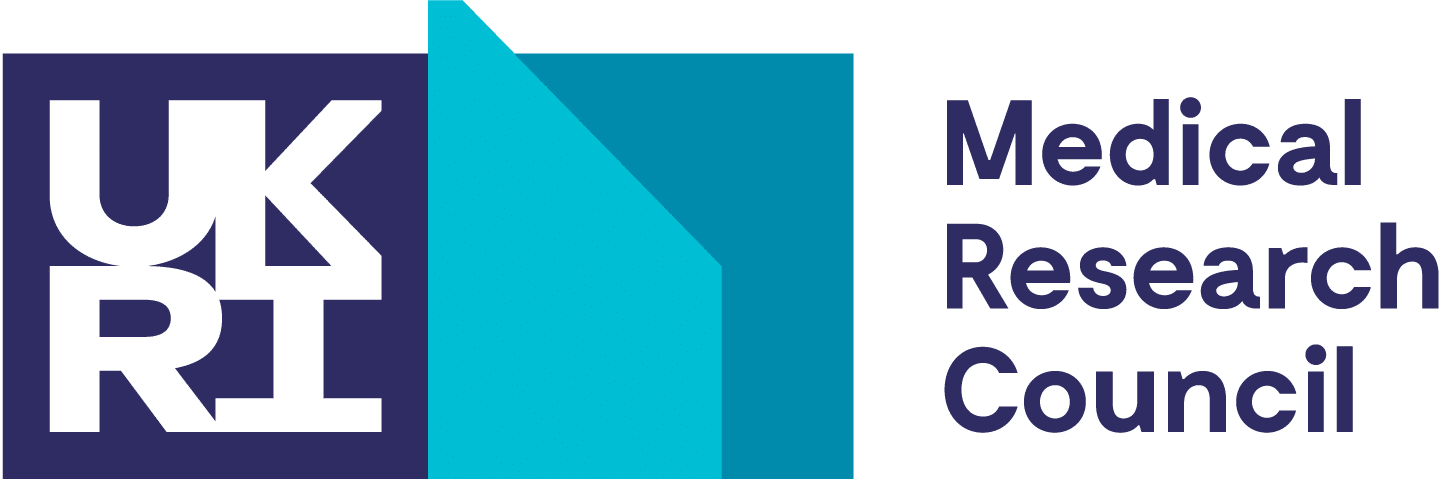Major breakthrough in stem cell manufacturing technology
A multi-disciplinary team of researchers at Nottingham has created a new stem cell micro-environment which they have found has allowed both the self-renewal of cells and then their evolution into cardiomyocyte (heart) cells. The material is a hydrogel containing two polymers – an alginate-rich environment which allows proliferation of cells with a simple chemical switch to render the environment collagen-rich when the cell population is large enough. This change triggers the next stage of cell growth when cells develop a specific purpose.
Major priority
Co-Director of the UKRMP Acellular Hub, Kevin Shakesheff, said:
“Our new combination of hydrogels is a first. It allows dense tissue structures to be produced from human pluripotent stem cells (HPSC) in a single step process never achieved before. The discovery has important implications for the future of manufacturing in regenerative medicine. This field of healthcare is a major priority for the UK and we are seeing increasing investment in future manufacturing processes to ensure we are ready to deliver real treatments to patients when HPSC products and treatments go to trial and become standard.”
The research, Combined hydrogels that switch human pluripotent stem cells from self-renewal to differentiation, is published in the Proceedings of the National Academy of Sciences (PNAS).
The work was funded by the EPSRC Centre for Innovative Manufacturing for Regenerative Medicine in which The University of Nottingham is a partner. The centre brings together experts in stem cell biology, materials science, pharmaceutical sciences and manufacturing.



